Cheese and pepper pasta from Rome.
Pasta cacio e pepe is a traditional recipe from the Eternal city, Rome and the Lazio region in general. This easy to make Roman classic has only 3 main ingredients; Pecorino Romano cheese, black pepper corns and, of course pasta! It can be on the table in about 30 minutes, so perfect for a weeknight meal but special enough to serve to guests!
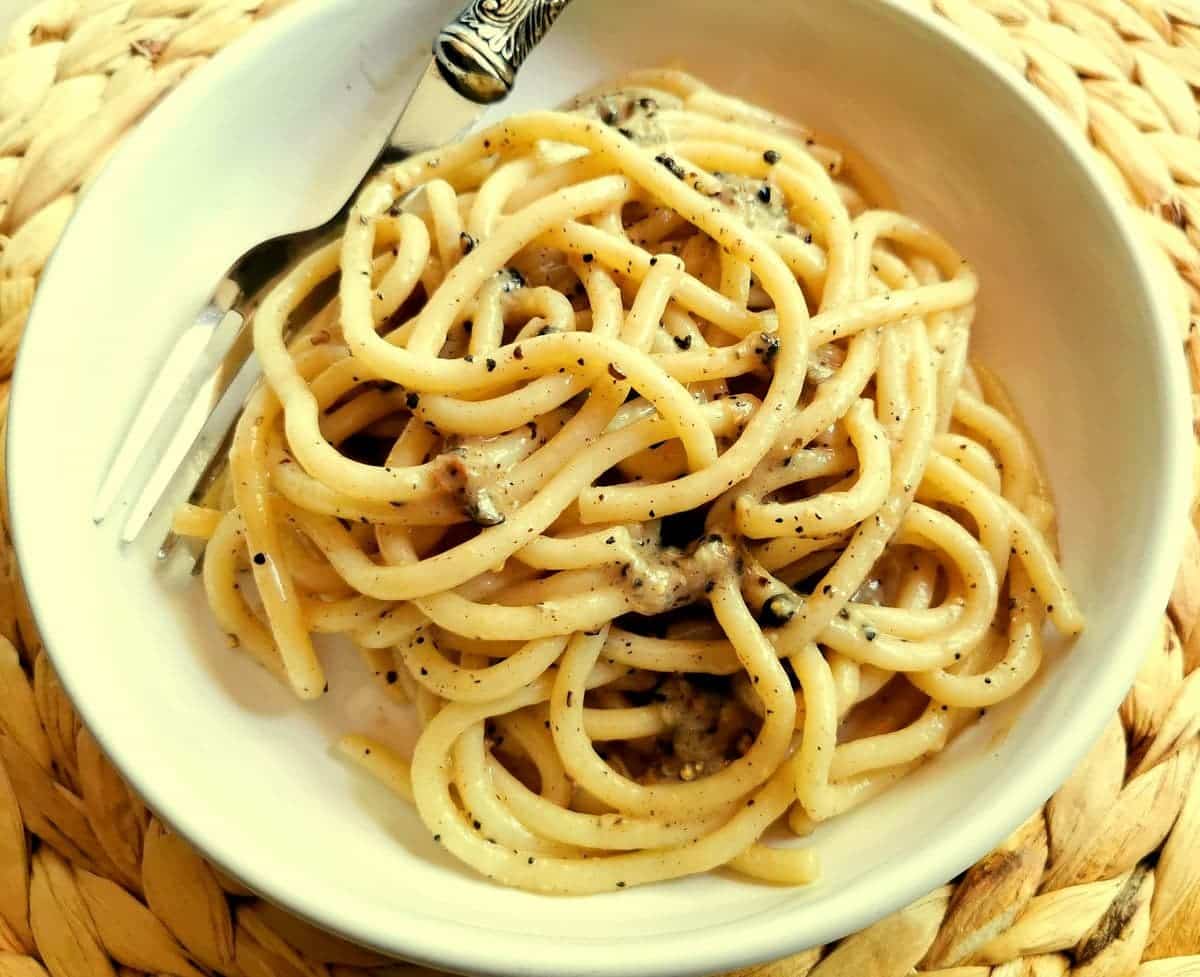
The origins of cacio e pepe.
Like many popular pasta dishes, the roots of this pasta cacio e pepe can be found in the simple food of the peasant population. In this case, mainly the shepherds of the Agro Romano - a term first used in the 15th century to describe the vast rural area of hills and plains that surrounded Rome.
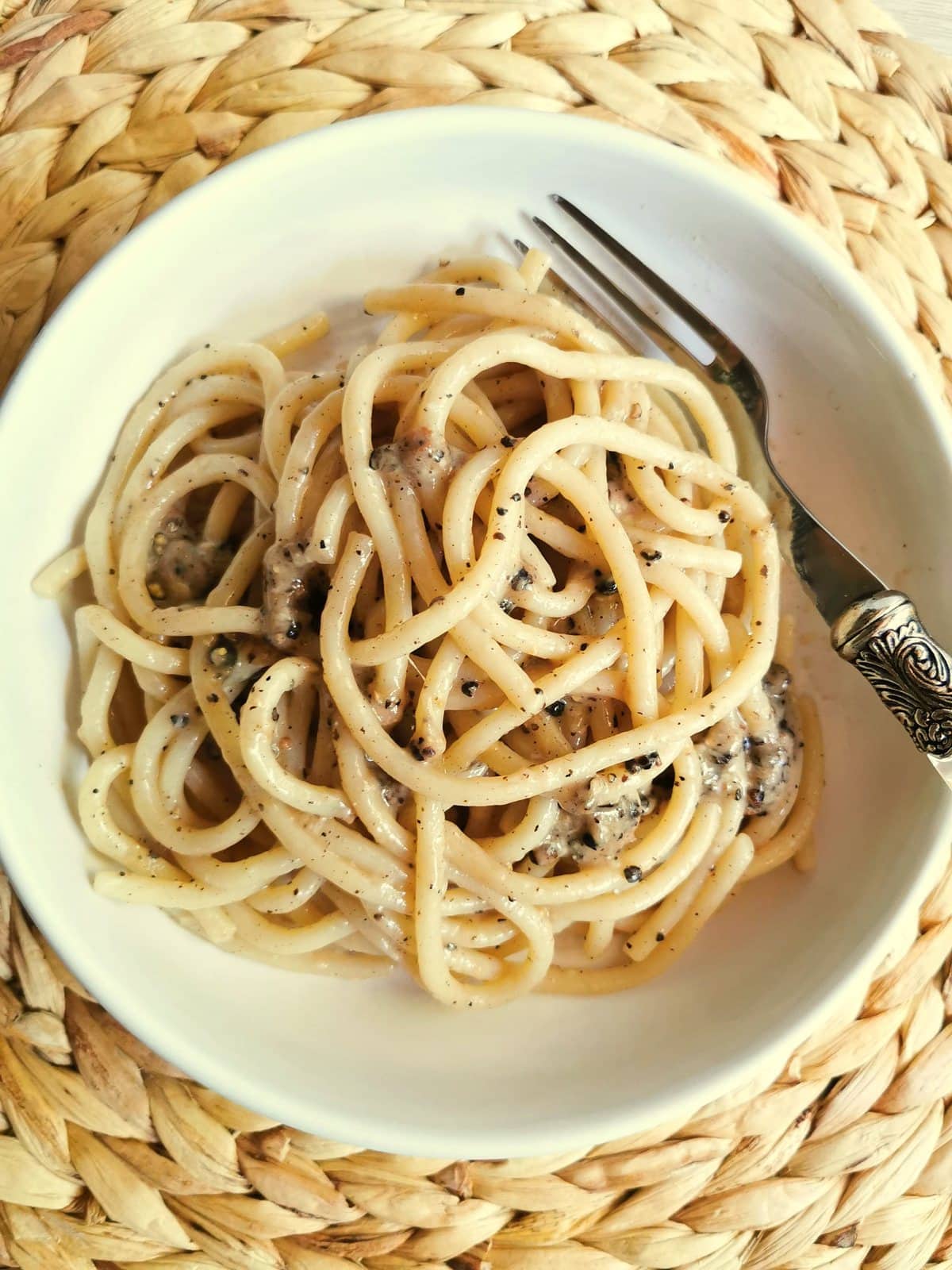
Italian food historians say when shepherds stayed out with their flocks or moved them to different grazing areas, they would carry a number of dried foods to sustain themselves. These included dried tomatoes, dried pork cheek, cacio cheese (pecorino Romano), pepper corns and dried homemade pasta. From these ingredients, they produced simple filling meals like cacio e pepe and all'amatriciana.
Apparently, the pepper corns were included because they helped the shepherds to stay warm during the chilly nights outdoors! Pecorino was the cheese of choice. As a sheep’s milk cheese, it was mostly homemade and once dried, pecorino has a long life. Pasta, of course, added bulk to the meal and was easy and cheap to prepare.
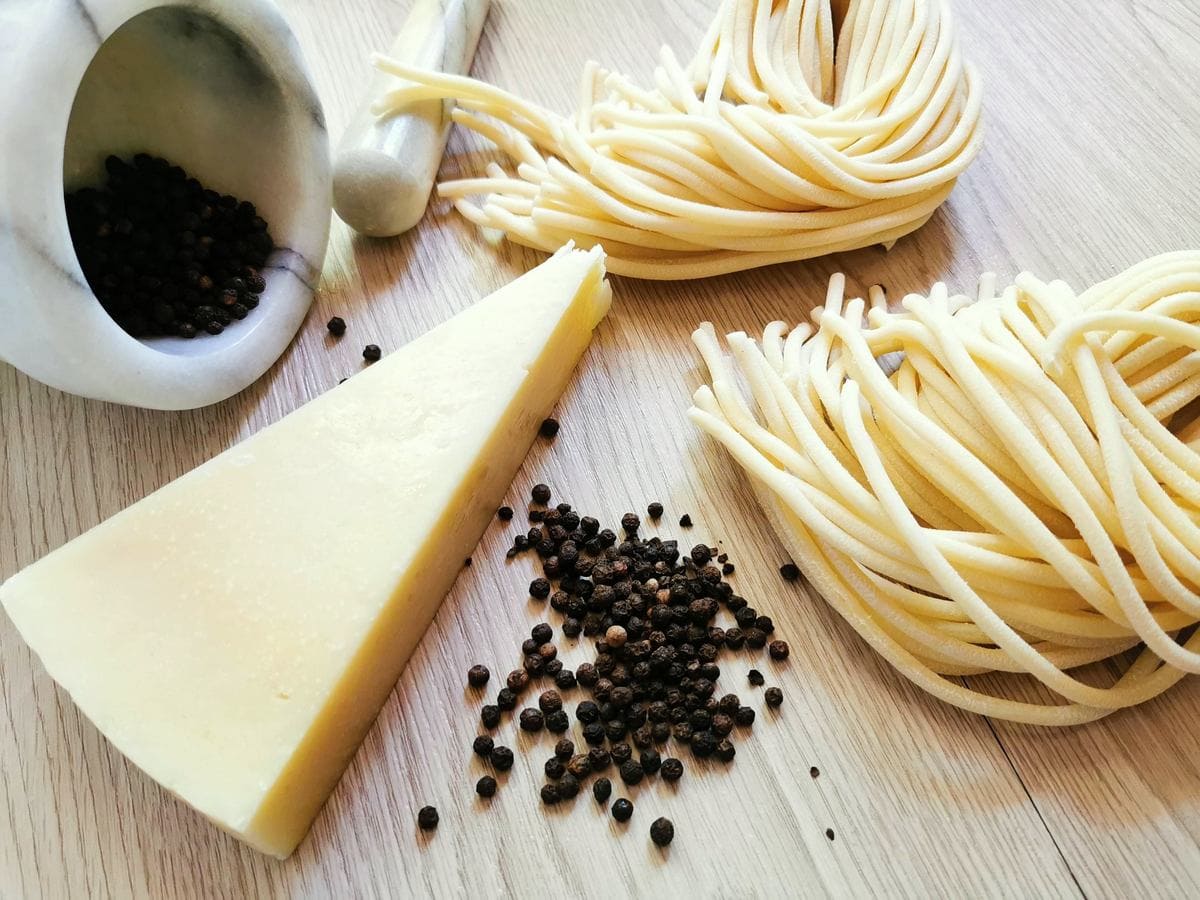
What does cacio e pepe mean?
Basically, cacio e pepe means cheese and pepper. In fact 'cacio' is used to mean cheese in a number of Italian regions. For example, caciocavallo means horse cheese. It got its name because the cheese is matured whilst hanging over a horizontal beam like a saddle horse. In Rome, when they say 'cacio' they refer to Pecorino Romano.
New York's trendiest dish 2016!
It’s interesting that many of the ‘dishes’ we see today on smart Italian restaurant menus in Rome, as well as cities like London and New York, started out as simple fare for the poorer, rural Italian population. I recently read that cacio e pepe was declared New York’s trendiest dish 2016 by Time Out Magazine!!
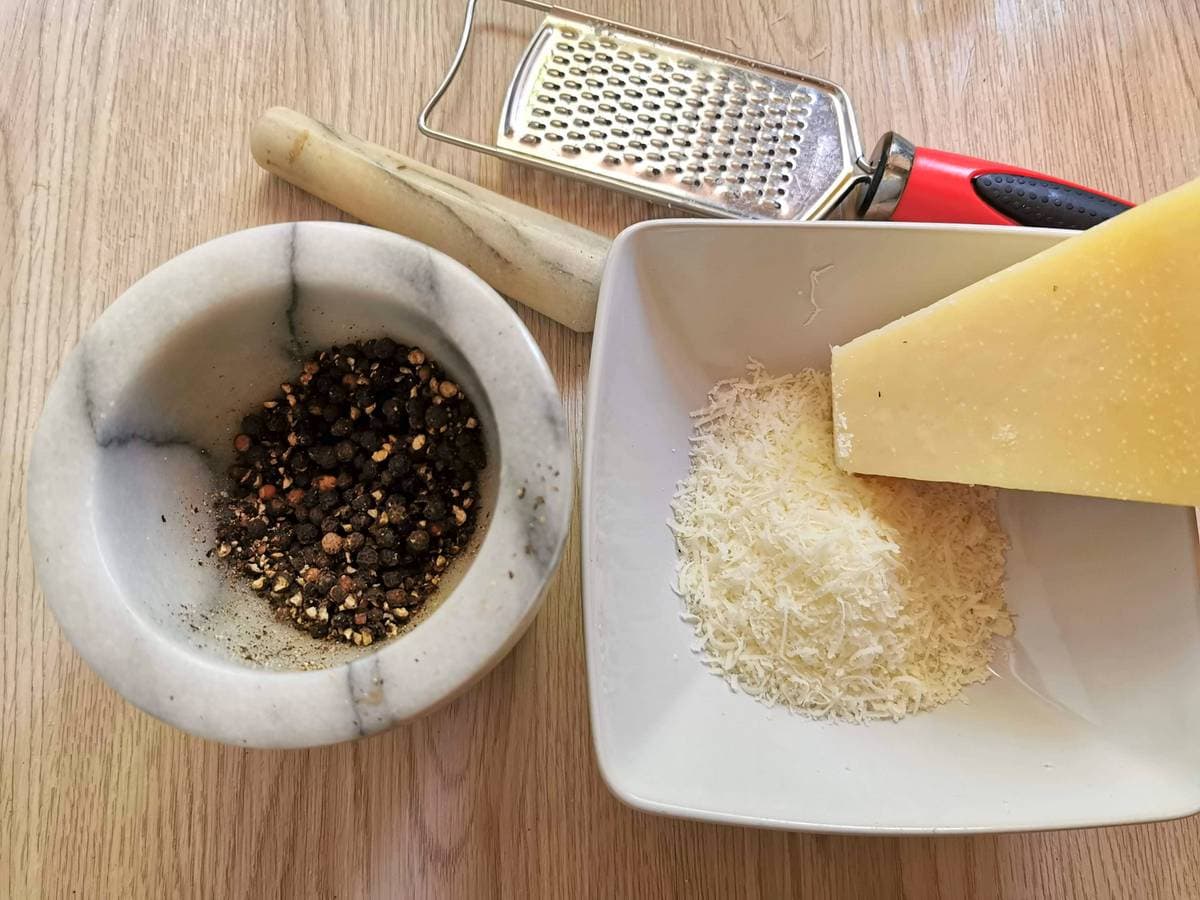
Mastering cacio e pepe.
Despite being very trendy, cacio e pepe is far from pretentious. It is easy to make once you have got the hang of it. Plus, it needs only 2 ingredients, apart from the pasta, Pecorino Romano cheese and black pepper corns!
The only trick is to find the perfect balance between the cheese and the pasta. It's important that the dish doesn’t turn out too dry or the sauce too lumpy or liquid. Once you have got that right, this is a dish you can produce in less than 30 minutes, including the time it takes to boil the water for the pasta.
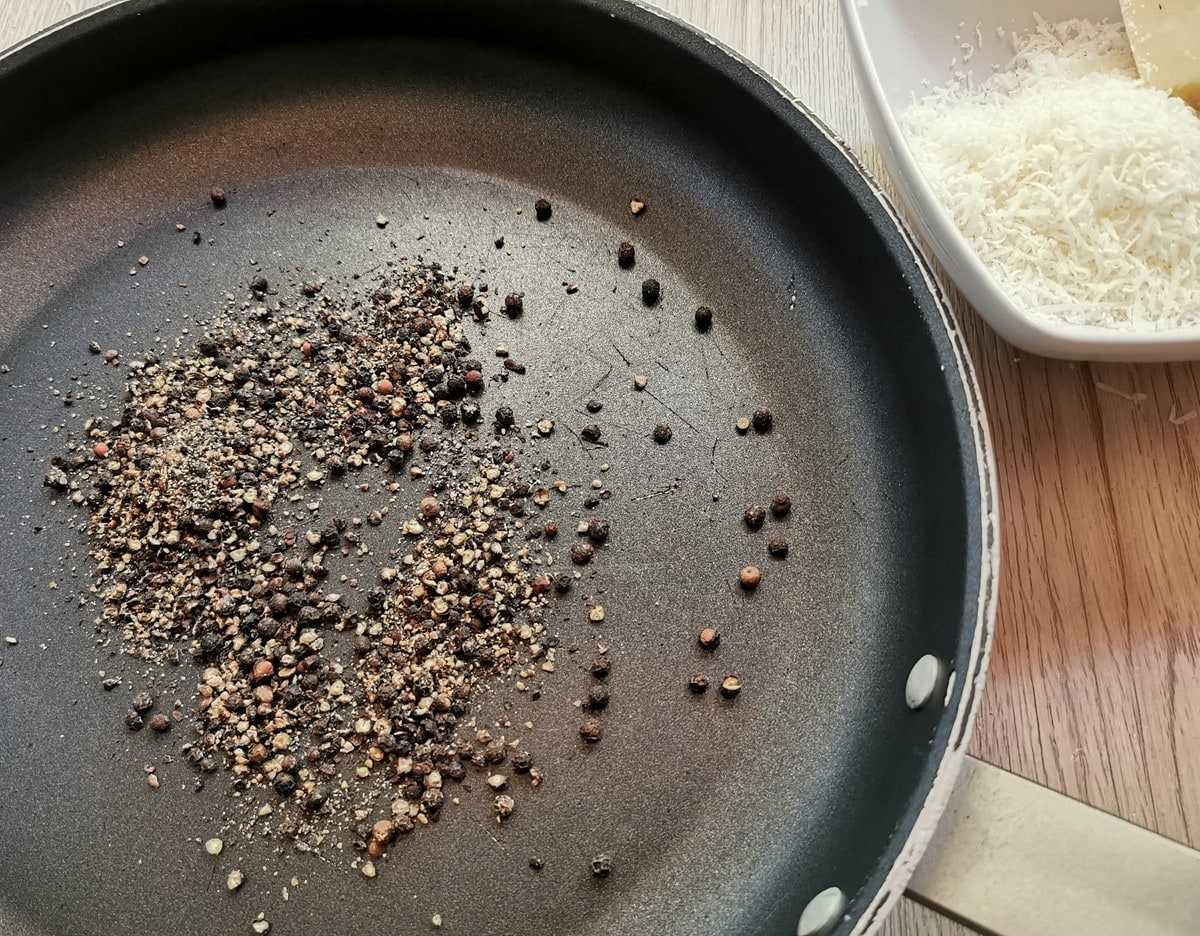
Different ways to make a simple sauce!
Believe it or not, there are different ‘ways’of making this simple dish. In my research, I’ve come across a number of articles, in both Italian and English, on the merits of the different techniques!
Some people just boil the pasta al dente, and then vigourously mix it with grated pecorino, freshly ground pepper corns and some of the pasta cooking water. This is reserved before draining the pasta and gives the dish a creamy consistency. This is what I did, although I cooked the pepper in a dry frying pan to bring out the flavour first.
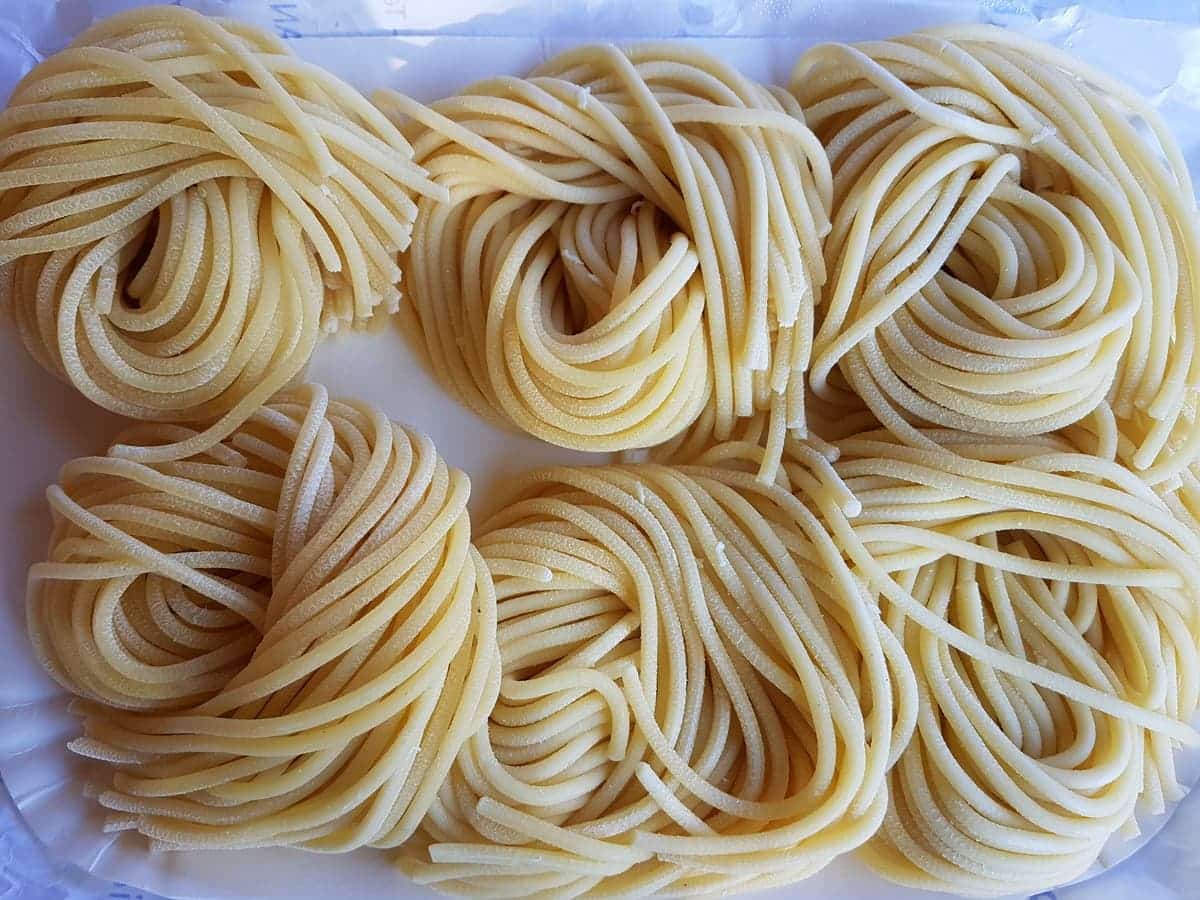
Pasta au poivre!
Others advocate mixing the cheese together with the ground pepper and some of the pasta cooking water in a bowl before adding the pasta to it. Another variation involves adding a little butter or oil to the pasta before mixing in the cheese, cooking water and pepper. In general, cacio e pepe may need a bit of practice to get right. But, once you do, you are bound to fall in love with this pepper pasta. To me it’s pasta au poivre!
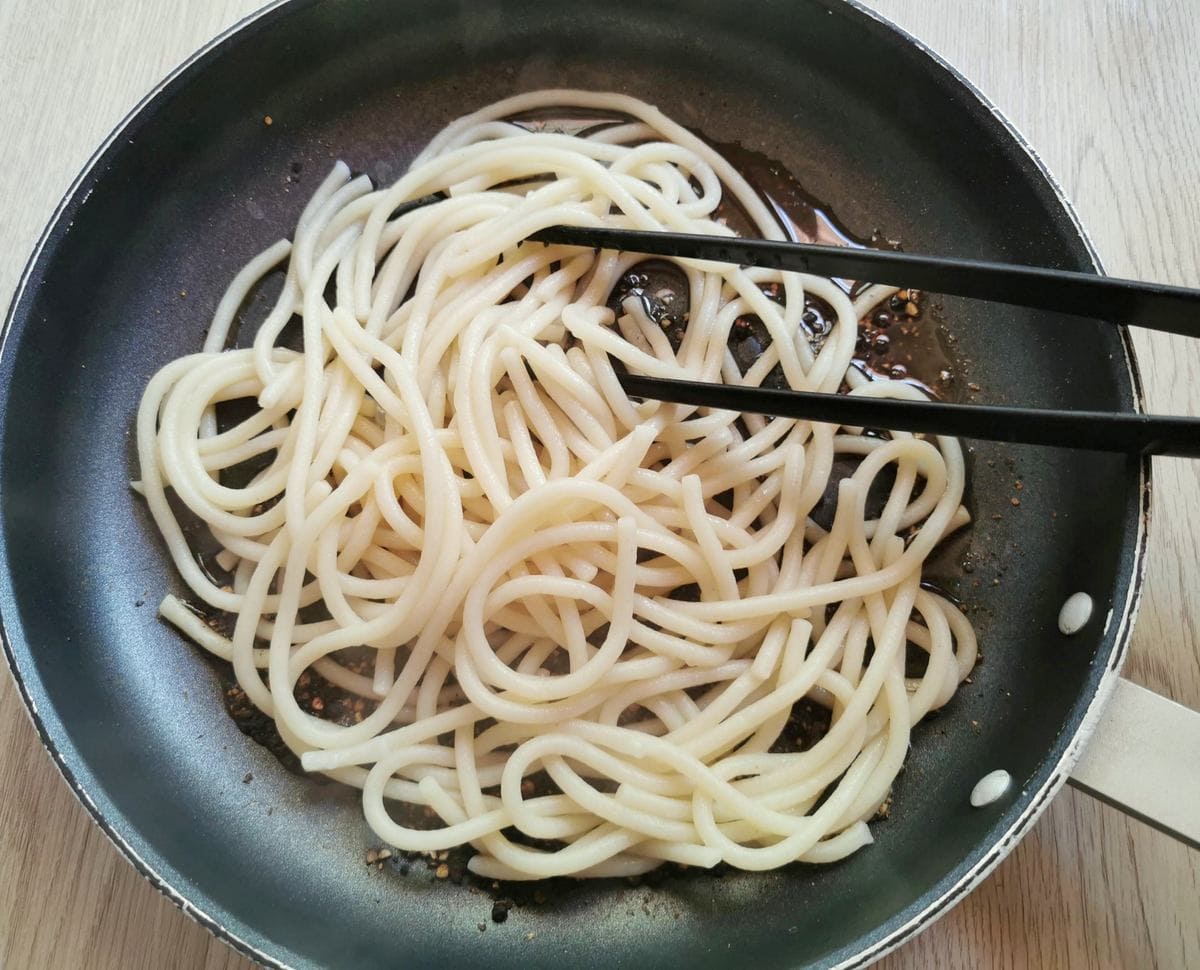
What kind of pasta should you use?
There are also different views on which pasta works best in this recipe. In Rome and Lazio, they often make cacio e pepe with either thick long pasta such as bucatini , spaghetti alla chitarra (called tonnarelli in Rome), lombrichelli or even just normal spaghetti (although some Roman chefs think normal spaghetti is a no no!) Others prefer to use short tubes like penne or rigatoni or something in between such as pici, short hand rolled thick spaghetti.
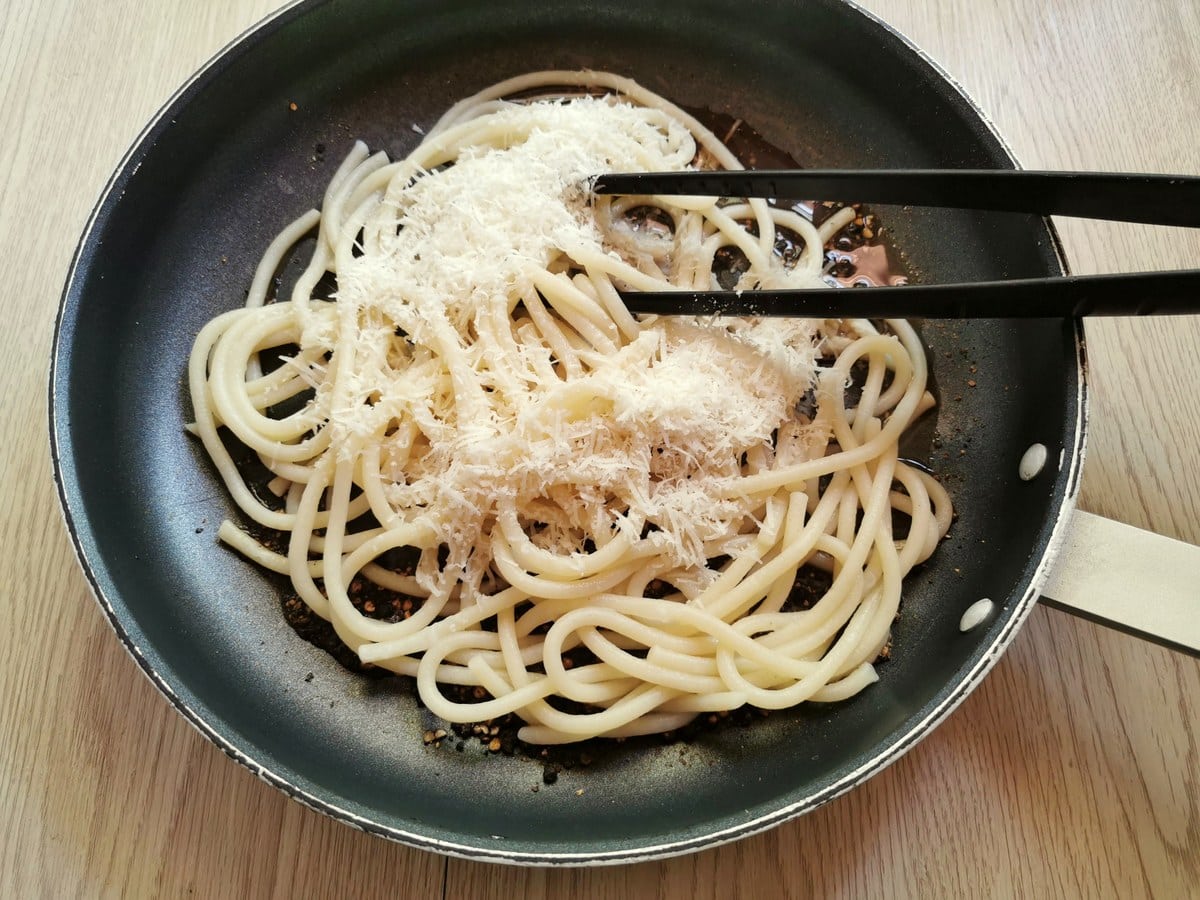
In the past, I have used bucatini and tonnarelli to make cacio e pepe. For this post, I used fresh lombrichelli which some friends sent me from Lazio. It's actually very similar to tonnarelli. Obviously, it’s great to be able to make cacio e pepe with traditional pasta. However, even if you have no other choice but normal spaghetti, don’t despair. It will definitely taste great anyway!
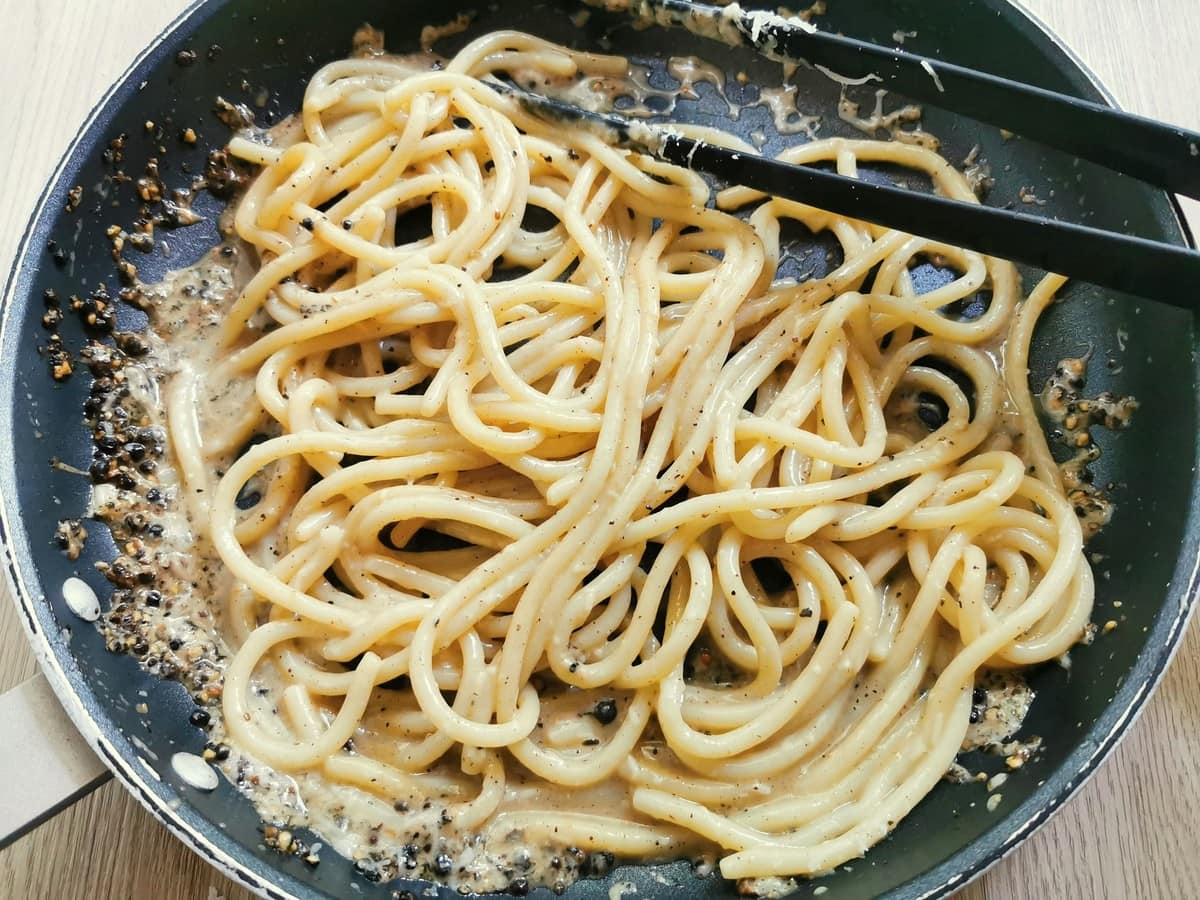
How to stop the cheese from clumping.
Some people have a problem with getting the Pecorino to melt without clumping. This could depend on the quality of the cheese, especially if it's not Italian Pecorino Romano. One way to avoid this is to mix the cheese with some hot pasta cooking water until it melts before adding them both to the pan.
Cacio e pepe pasta is not vegetarian.
Although this recipe traditionally has no meat or seafood in it, cacio e pepe is not vegetarian. This is because Pecorino Romano is made using animal rennet. The same is true for Parmigiano. To make this recipe vegetarian, you will need to use a different hard cheese.
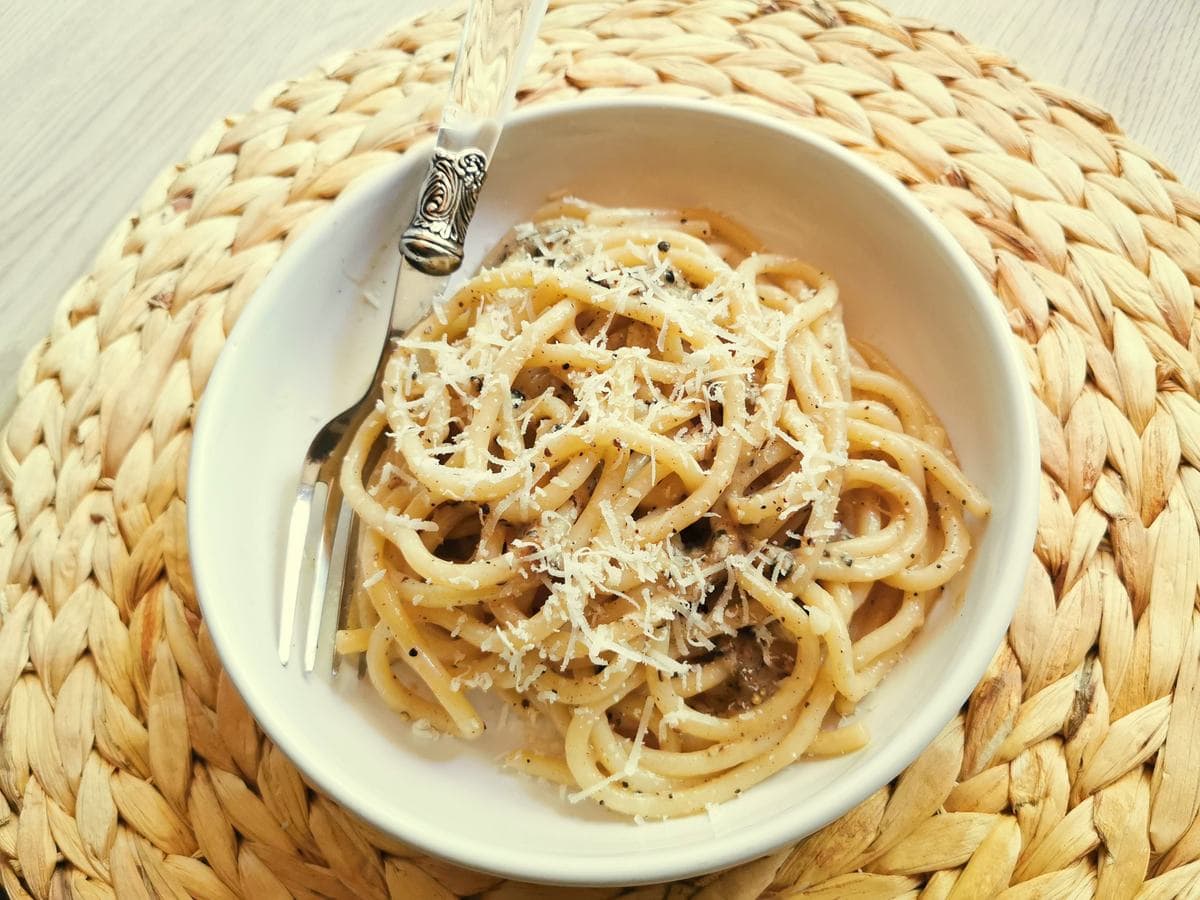
If you do try this cacio e pepe recipe from Rome, I’d love to hear what you think. Please write a comment here on the blog or post a comment on the Pasta Project Facebook page.
Your feedback means a lot to me!
Buon appetito!
Other Traditional Roman Pasta Recipes.
Save this recipe for later?
If you want to save this recipe for later, you can print it, bookmark this page or save it to Pinterest.
Pin for later.
This recipe was first published in 2017 but has been updated with new photos and text.
If you are interested in learning how to make homemade pasta and different types of gnocchi, check out my shop page for some great video online courses from my friends in Rome! Nothing beats learning to make pasta from Italians! Plus while you’re there why not order a copy of one of my pasta recipe cookbooks or checkout some recommended pasta making tools?
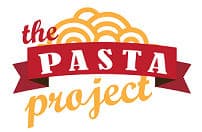

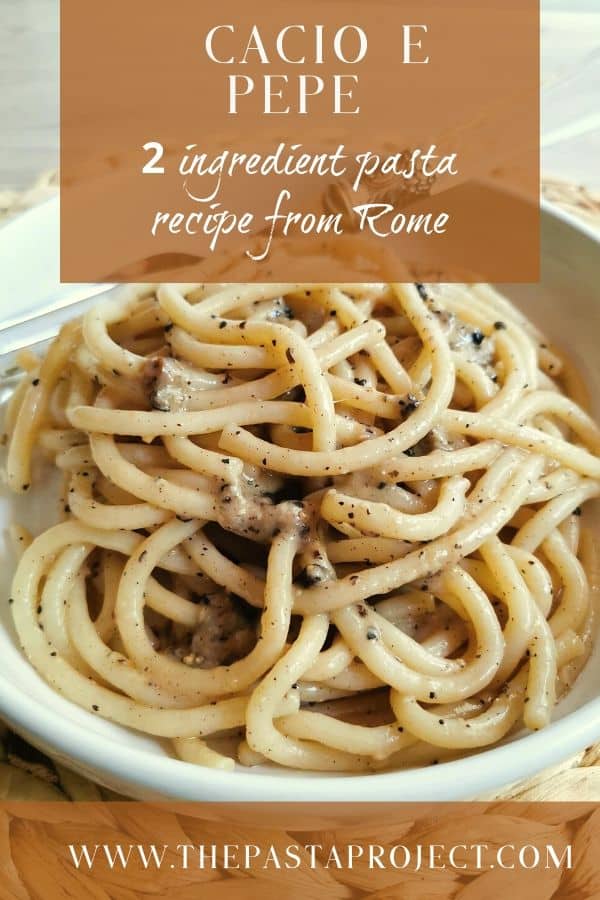
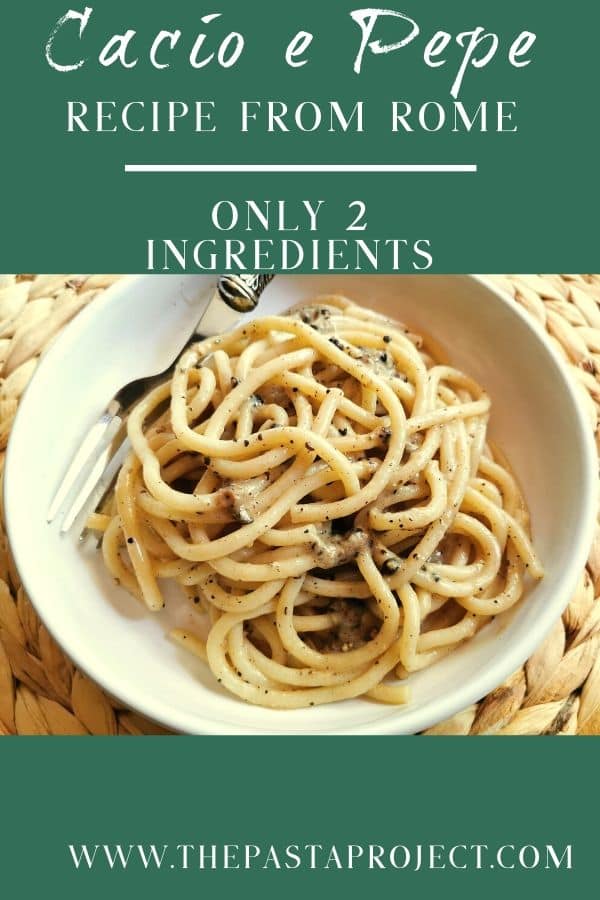
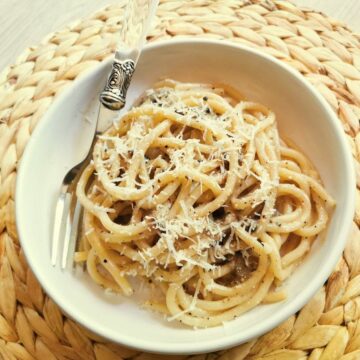
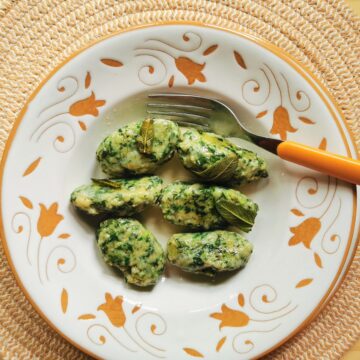
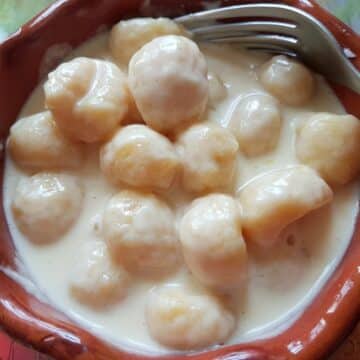
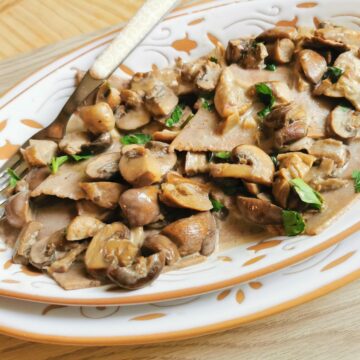
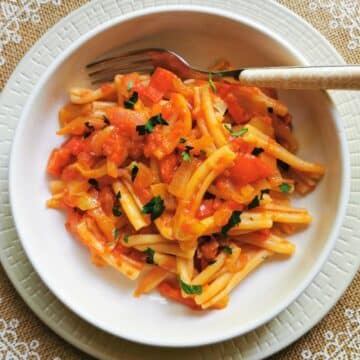
Anthony Brown says
Excellent, classic recipe. I’d just use a little less cheese.
Gord says
I think this my new go to pasta dish. The tip about adding the pasta water (slowly) and whisking it into the cheese in a bowl to make a creamy cheese sauce and then adding the pasta (using tongs) and toasted peppercorns to the cheese mixture works great...no clumping and I was able to easily control the amount of liquid and the temperature of the pasta. After several meals, I now prefer the cheese mixture to include parmesan. My only question is why this pasta is virtually never on the menu of Italian restaurants.
Debbie Gentilello says
My favorite pasta dish! Still trying to master it, and I'm getting there. Thank you for your tips!
Debbie G
James Delaney says
Dear Jacqui, Thank you for this recipe which I have made many times, including once on a camping trip near Jasper, Alberta. Nothing like enjoying this dish next to a campfire with a glass of wine. My question is about the music you chose to accompany your cacio e pepe video. Would you be able to share the name of this artist? It’s wonderful. Many thanks.
Jacqui says
Hi James, thanks for your comment. I'm happy to hear you like my cacio e pepe recipe! Love the idea it can be made on a camping trip. The music is by an Italian singer called Stefano Fucili. I download it from a site I use for creating videos as it's copyright free. Here's a link to the singer's YouTube page. The song is called lullaby. https://www.youtube.com/c/StefanoFuciliYT
Giuseppe says
One of the few “authentic” recipes that is actually ly correct. All others omit the dry frying the peppercorns then grinding them very important, I’d just add to reserve one cup of the pasta and peppercorns to finish the pasta with the peppercorns and the other cup to make the cheese sauce which is make with piccorino Romano and pasta water only made into a paste and mixed in
Also the peppercorns after frying dry and ground and put back in the pan and you add pasta, pasta water then the cheese blend (water and cheese)
Instagram - ogbkhomechef
Jacqui says
Thanks for your comment Giuseppe! I think dry frying the peppercorns really is essentially to get the right flavour and aroma. It's interesting that there are different ways to make this 2 ingredient pasta condiment. The important thing is to find the way that works for you. Next time I make it, I'll try your method of mixing some pasta cooking water with the pecorino before adding it to the pasta.
PatriciaBoesch says
Hello delicious I tried mixing cheese w water before added it worked out.
Now my ?? What is the name of that song you played beautiful